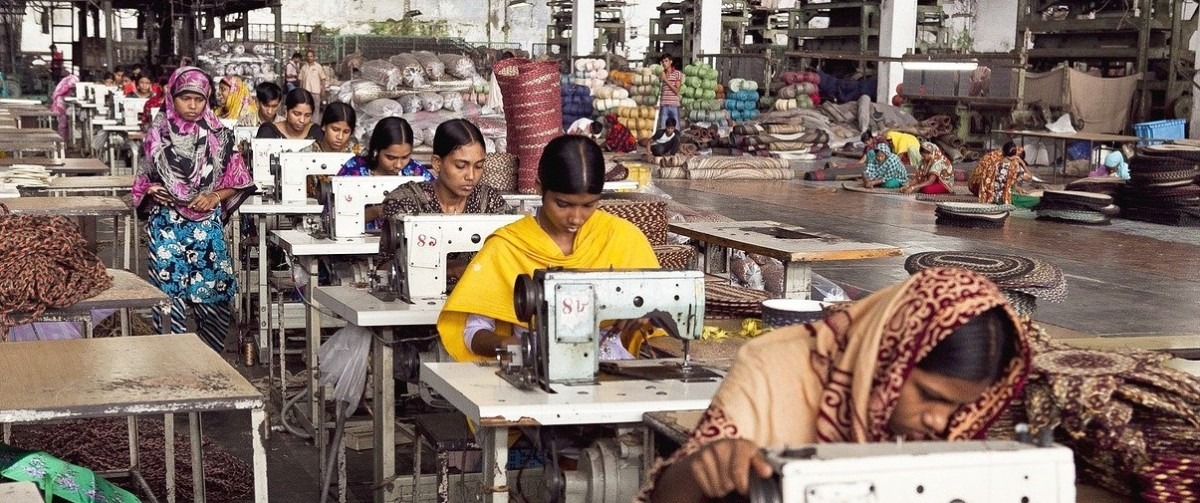Better Buying Institute has been enabling suppliers to rate their customers’ purchasing practices for six consecutive cycles now. Our flagship survey, the Better Buying Purchasing Practices IndexTM (BBPPI) contains about 50 questions that ask suppliers for objective business data about the way their buyer works with them.
We produce a report every year, based on the data and insights provided by suppliers, and looking at how the industry is performing, with an aggregated score for the industry as a whole.
At the recent OECD Forum on Due Diligence in the Garment Sector, Better Buying Institute outlined how we collect data from suppliers across our range of surveys, and presented highlights from our forthcoming BBPPI, and topline findings from both our recently published Better Buying Partnership IndexTM, and the Better Buying Commercial Compliance TrackerTM.
This last is the short survey of commercial compliance which we asked you to promote to your members back in December 2022, and which you kindly helped us to streamline and simplify in the Thematic Working Group back in the Fall of last year. Going forward, this survey will be incorporated into the BBPPI, enabling us to publish an annual score for the industry on commercial compliance, and track progress on the part of brands and retailers.
The survey received a strong response, and we want to thank you for promoting it to your members, and driving such strong engagement. It will be important to continue to do this, year over year, so we can collect robust data on commercial compliance going forward, delivering the deep insights and information we need to really understand what’s happening across the industry, hold the brands to account, and assess whether progress is being made. We will be publishing the findings of the Compliance TrackerTM in more detail later in the Spring, but meanwhile, here are a few highlights.
Suppliers reported that the areas of least compliance (where buyers are either rarely or never in compliance) were buyers allowing them to change mutually agreed prices when external costs fluctuated, payment terms of 60 days or less, and the updating of forecasts at least monthly. Areas of best compliance (where the buyer was in compliance all of the time or often) were buyers paying full price as agreed in the PO, jointly agreeing with suppliers on tie and action calendars and deadlines, specifying in the terms of the order when ownership and responsibilities transferred from supplier company to the buyer, and the pricing of orders to cover all costs of compliant production.
These findings are broadly consistent with what we are seeing in our other surveys – and will help us to build a deeper understanding of the pressures suppliers are facing both globally, and by region and country.
Going forward, it will be important to maximize the combined reach of Better Buying Institute’s deep network of global suppliers, and the broad membership of the 14 STTI associations across 11 countries, so we can pinpoint where there are higher risks of noncompliance, and how suppliers are being affected, and get a full and representative picture of suppliers’ experiences.
The data and insights your members provide by completing these surveys is invaluable – not only will it help us to assess brand and retailer progress, year over year, going forward, it will also inform the essential work we carry out across STTI’s other thematic priorities, including MSI outreach, brand engagement, the development of supplier contracts, engagement with the Common Framework on Responsible Purchasing Practices’ Learning and Implementation Communities, and our ongoing capacity building work aimed at supporting suppliers to have those all-important conversations with their brand and retailer customers.








